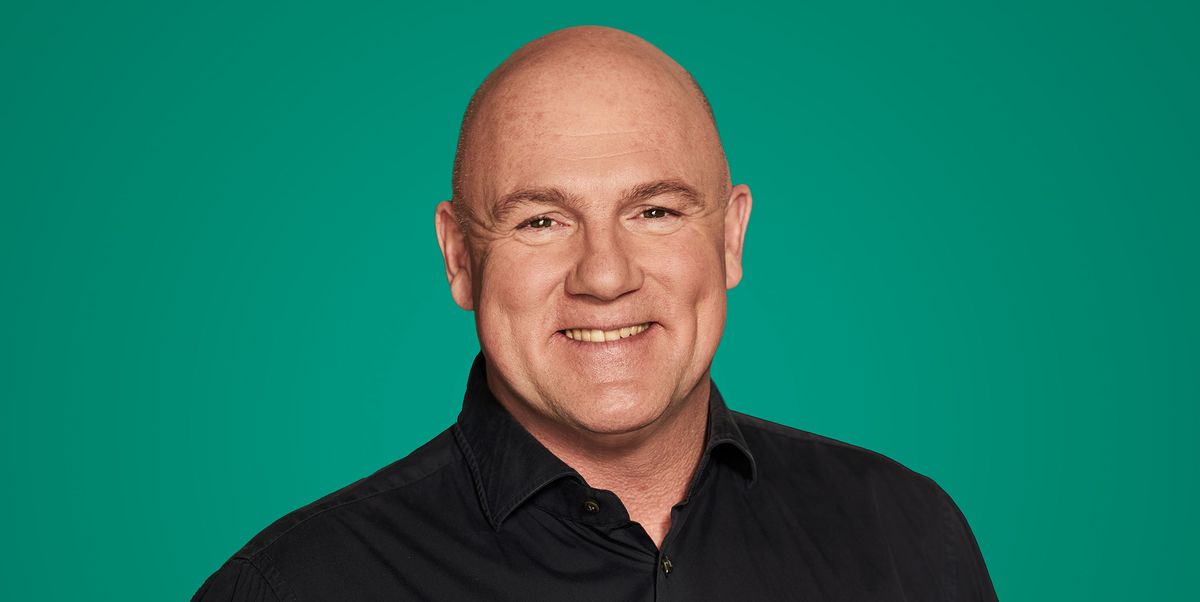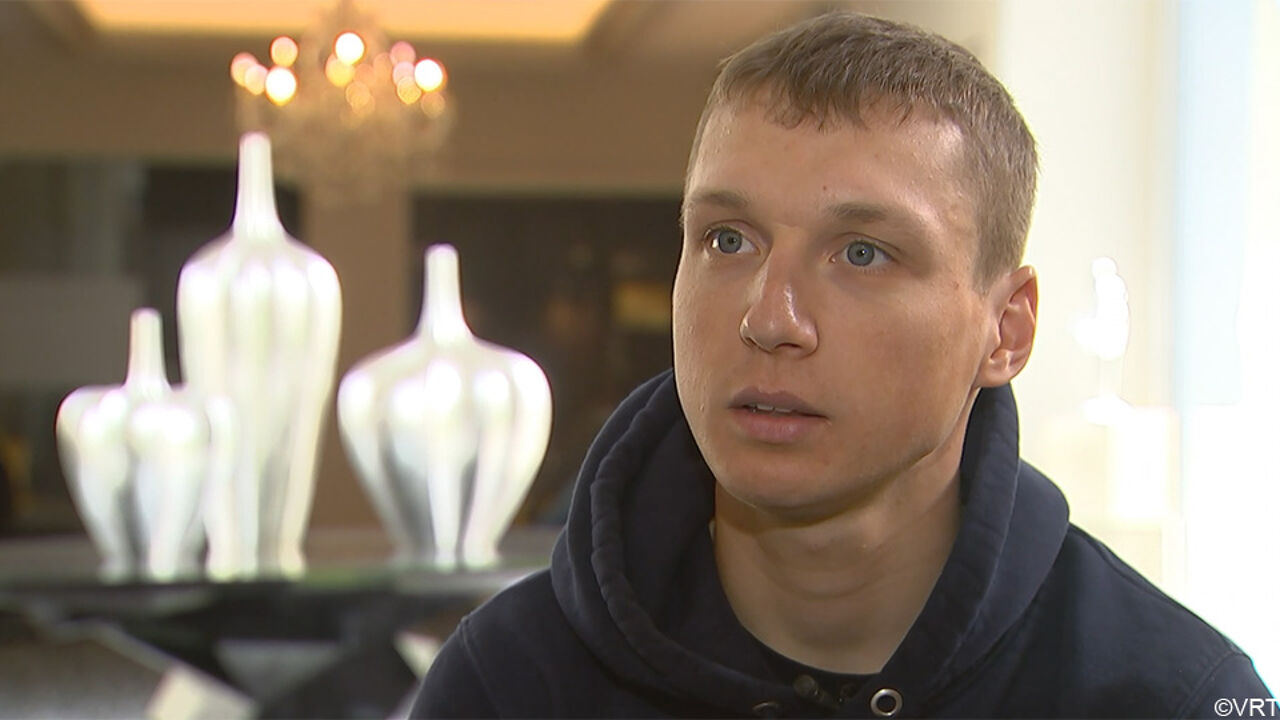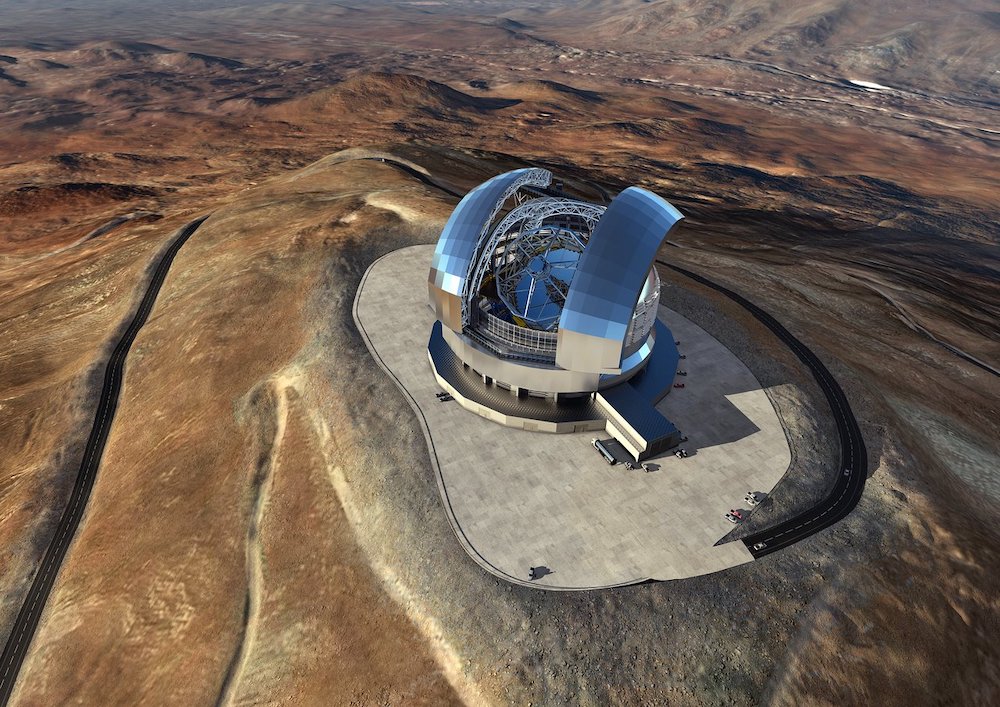Development of a Dutch instrument package for the Extremely Large Telescope (ELT) receives funding from the NWO’s National Large-Scale Science Infrastructure Roadmap. The ELT is by far the largest telescope in the world. Construction costs for the ELT are estimated at €960 million.
With ELT, formerly known as the European Extremely Large Telescope (E-ELT), researchers hope to gain new insights into Earth as a living planet in the universe. A number of Dutch parties are working on the Dutch instrument package for this telescope. This part aligns closely with Dutch scientific interests and expertise, NWO reports. This should secure the Netherlands’ leading position in astronomy for decades.
The ELT was designed by the European Southern Observatory (ESO) and has an effective area of 1,116 square metres. ESO will install the telescope on Cerre Armazones in Chile
The telescope should provide new insights
The new telescope should help find answers to various scientific questions about the universe. For example, how similar is the exoplanet Promixa b to Earth? And to what extent does life exist on this outer planet? ELT gives astronomers the ability to study and image more clearly than ever before the faintest objects in space. “Our neighboring star has a planet very similar in size and orbit to Earth, called Proxima b. With the instruments that will be installed on the ELT, we can learn exactly what properties this world has,” explains principal investigator Ignas Snellen, lead applicant for funding from NWO.
Part of the hardware package for ELT is being developed from the Netherlands. It consists of three tools. The Netherlands is the lead on the METIS medium infrared instrument project. Snellen: “With METIS we can see if Proxima b has an atmosphere and what kind of gases are in that atmosphere. We’ve been working on this instrument for ten years. So it will be the first we can make measurements with.”
MOSIAC and EPICS
The second instrument is MOSIAC, which is a multi-object spectrometer. It can monitor hundreds of stars and galaxies simultaneously and produce detailed spectra. The third tool is EPICS, which focuses on the detection and characterization of exoplanets. This tool is still under development. Snellen: “For the third machine called EPICS, we’re actually still in the early stages with studies on the instrument and the technical aspects.”
EPICS is not planned to be built until the mid-2030s. Still, this machine is promising, Snellen says. “It allows us to look at reflected light. Instead of looking at a world or two, we can study a whole bunch of these kinds of things. So not just the exoplanets Proxima b, but also Earth-like planets around other stars. I’ll be in my 60s by the time That’s where EPICS ends, but I’m really looking forward to that. EPICS and METIS are two tools with which we can monitor exoplanets very well.”
Measurements from the ground
The sheer size of ELT offers interesting possibilities. Because where you take the James Webb Space Telescope (JWST) measurements from space, the ELT has to do it from the ground. The ELT surface makes this possible. Snellen explains: “With the large surface area of the ELT, we can collect more light and thus observe dim objects and see sharper than the JWST. The JWST mirror has a diameter of 6.5 meters. The ELT is almost five times larger.”
Mapping space from Earth presents challenges. Think of the Earth’s atmosphere, which can spoil the picture. “If you look from space, you’re not affected by the Earth’s atmosphere. The turbulent atmosphere sometimes makes it difficult to focus,” says Snellen. The massive heat shield that JWST is equipped with provides advantages as well and ensures that the telescope stays very cool, resulting in less window pane. than if you look at thermal radiation from the Earth.
The ELT team should be able to make its first observations within five years. sniffer is excited. “The great thing is that we then have a JWST test that is better at some things and outperforms the ELT. We can then combine that data. That would be great! We will learn a lot about the first stars, the formation of galaxies and whether we are alone in the universe. I personally look forward to finding out.” More about Proxima b. “This is very exciting,” says the researcher.
The world’s largest eye on the sky
The telescope is also called “the world’s largest eye on the sky” and is comparable in size to a football field. This brings unique challenges. For example, the telescope is equipped with a mirror consisting of 798 partial mirrors and has a diameter of 39 meters. TNO was called in to support this, which designed a prototype in collaboration with VDL-ETG (constructor/engineer) and NOVA (measurement equipment and software).
In this prototype, each mirror of the 798 was fitted with a steel and aluminum support structure. The combination of a thin film, 27 thin pins, and a metal balancing construction keeps the single mirror in place. Developing this build is a challenge. This is partly due to the maximum allowable deviation of only a few nanometers. Larger aberration will result in a blurry image. The mirrors rotate using air pressure.
“It is wonderful to see that the significant investments this government is making in science are now actually translating into an extensive scientific infrastructure. State-of-the-art scientific research facilities,” said the Minister of Education, Culture and Science (OCW), Minister of Education, Culture and Science (OCW). Very attractive to (young) talent and a catalyst for a strong position in Europe and the rest of the world.
Author: Wouter Hoeffnagel
Images: ESO/L. Calcada/ACe Consortium

“Thinker. Coffeeaholic. Award-winning gamer. Web trailblazer. Pop culture scholar. Beer guru. Food specialist.”







More Stories
In Van der Poel's absence, Alpesen Desoninck is counting on two hill specialists in Flesch Walloon
Outrage over Jabba the Hutt add-on mission from Star Wars Outlaws behind Ubisoft's paywall
More research is needed on the effect of space travel on the brain